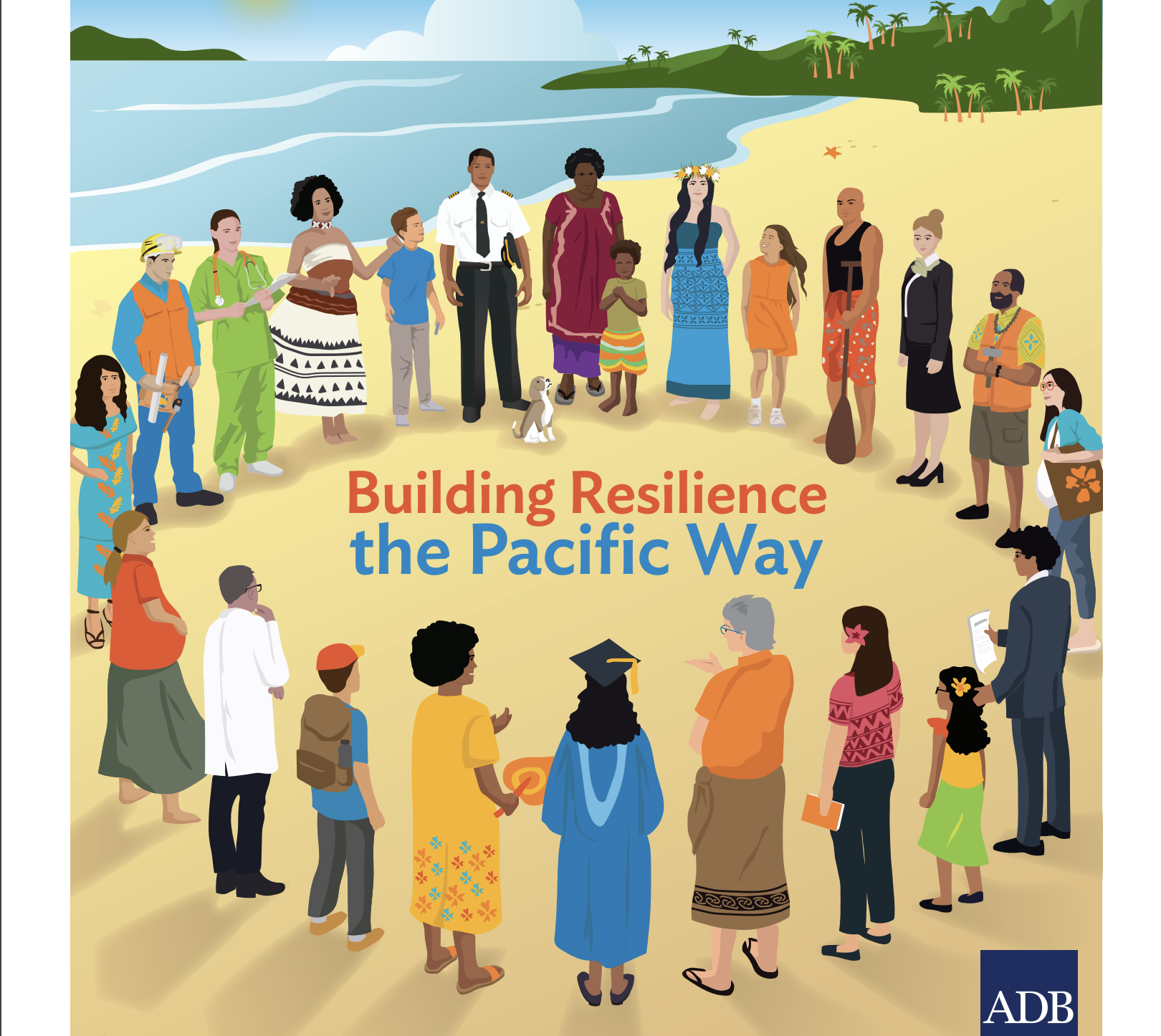
The Pacific is projected to grow by 3.3% in 2024 and 4.0% in 2025, but the need to build resilience continues, according to the latest issue of the Asian Development Bank’s (ADB) Pacific Economic Monitor (PEM) launched today.
This growth is largely driven by the recovery of resource extraction in Papua New Guinea, the subregion’s largest economy.
Stable visitor arrivals in most tourism-dependent economies and stimulus from public infrastructure projects are also seen to drive growth.
However, a wide range of factors—including labor shortages, reduced fiscal space, and exposure to climate change and disaster risk—pose downside risks to the outlook.
“This positive growth is good news for the Pacific, but significant downside risks highlight the ongoing need to build resilience,” said ADB Director General for the Pacific Leah Gutierrez.
“ADB will continue to work closely with our Pacific developing member countries to help manage these risks and safeguard development gains from shocks.”
The latest PEM explores various aspects of building resilience in the Pacific.
One article discusses ways to build climate and disaster resilience in the Cook Islands, Samoa, and Tonga, and another examines Fiji’s new fiscal year 2025 budget in light of the need to adhere to debt targets while maintaining economic growth.
Other articles related to public financial management examine debt sustainability challenges faced by Papua New Guinea, ways to better manage Constituency Development Funds in Solomon Islands, and strategies for building resilience in the Marshall Islands, the Federated States of Micronesia, and Palau following the renewal of their Compacts of Free Association with the United States.
Other articles look at issues relating to social protection and the high cost of living in Kiribati, Niue, and Tuvalu; developing a resilient labor market in Nauru; and the future of air travel in Vanuatu.
Policy briefs in the PEM spotlight building resilient infrastructure, bolstering climate resilience, and strengthening public financial management within the unique Pacific context. Another policy brief highlights the need to understand the vulnerability and fragility of Pacific small island developing states to develop solutions for resilience.
The PEM is ADB’s biannual review of economic developments and policy issues in ADB’s 14 Pacific developing member countries.
In combination with the Asian Development Outlook (ADO) series, ADB provides quarterly reports on economic trends and policy developments in the Pacific.
Source: ADB

